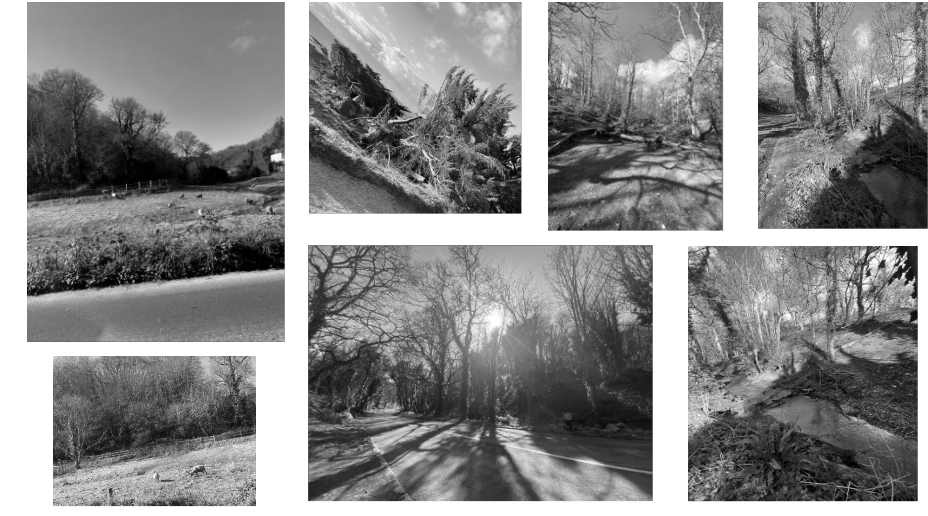
Born: February 20th, 1902, Western Addition, San Francisco, California, United States
Died: April 22nd, 1984 (age 82 ), Bariatric Surgery Center at Community Hospital of the Monterey Peninsula, Monterey, California, United States
How did he begin photography and what did he do after?
Ansel Adams was given a camera at 12 when he first visited the Yosemite national park where he admired the beautiful valley, at age 17 he joined the sierra club which is an American environmental organization with chapters in all 50 U.S. states, In 1927, Adams participated in the Club’s annual outing, known as the High Trip, and, the next year, he became the Club’s official trip photographer. In 1930 he became assistant manager of the outings which consisted of month-long excursions of up to 200 people.
In 1934, Adams was elected as a member of the Board of Directors of the Sierra Club, a role he maintained for 37 years. Then he made a big book of photos of the national park in the Kings River region of the Sierra Nevada. Adam then was lobbying congress for a Kings Canyon National Park. he had to keep persuading congress to not change the waterfall into a power dam and make it protected instead.
In 1968 Adams was awarded the Conservation Service Award, the Interior Department’s highest civilian honor, “in recognition of your many years of distinguished work as a photographer, artist, interpreter and conservationist, a role in which your efforts have been of profound importance in the conservation of our great natural resources.”
In 1980 Adams received the Presidential Medal of Freedom, for “his efforts to preserve this country’s wild and scenic areas, both on film and on earth. Drawn to the beauty of nature’s monuments, he is regarded by environmentalists as a national institution.”
His 5 photo techniques
1. “You don’t take a photograph, you make it“
Ansel Adams is famous for his “zone system” — a complicated method of making the “perfect” monochromatic print.
Ansel would say this a lot because he believed that it wasn’t just about clicking the shutter it was spending hours in a dark room developing and editing to make it how he visualised.
2. Know where to stand
“A good photograph is knowing where to stand.” – Ansel Adams
In landscape photography, position is everything. Where you are situated in respect to your landscape, will determine your perspective, the mood of the photograph, as well as the composition.
By moving your feet and getting a better position, you will create more unique and creative images. Not only that, but practice crouching, moving to the left, to the right, and sometimes even your tippy-toes. Try to hike to get very high perspectives, and sometimes lie on your stomach or back to get very low perspectives.
3. Photograph how it feels (not how it looks)
we want to make more effective images, we should focus on photographing how a scene feels— not how it looks. Ansel Adams tells why he decided to photograph his famous image, “Moonrise, Hernandez, New Mexico” shot with an extremely dark sky:

“My Moonrise, Hernandez, New Mexico has the emotion and the feeling that the experience of seeing the actual moonrise created in me, but it is not at all realistic. Merely clicking the camera and making a simple print from the negative would have created a wholly different–and ordinary–photograph. People have asked me why the sky is so dark, thinking exactly in terms of the literal. But the dark sky is how it felt.” – Ansel Adams
We can create a certain emotion or feeling in our photos by different methods and techniques. If we are photographing landscapes, we should look for the light, mist, smoke, fog, or other natural splendors. And the way we post-process our photos afterwards will change the emotion dramatically.
4. Pre-visualize your photos
“In my mind’s eye, I am visualizing how a particular revelation of sight and feeling will appear on a print. If I am looking at you, I can continue to see you as a person, but I am also in the habit of shifting from that consciously dimensional presence to a photograph, relating you in your surroundings to an image in my mind. If what I see in my mind excites me, there is a good chance it will make a good photograph. It is an intuitive sense and also an ability that comes from a lot of practice. Some people never can get it.” – Ansel Adams
To become a better photographer is to better-translate what you see in real life, and make it appear in a photograph.
This happens by improving your composition, understanding your technical settings, understanding your camera, and also knowing where to stand, when to click, and how to post-processing your photos.
5.Ignore critics
No matter what, you can never please 100% of your audience with your photography. In-fact, I think becoming a good photographer is to not compromise your vision. The more innovative you are in your photography, the more people you are going to confuse, frustrate, and alienate.
some of his work

my photos



